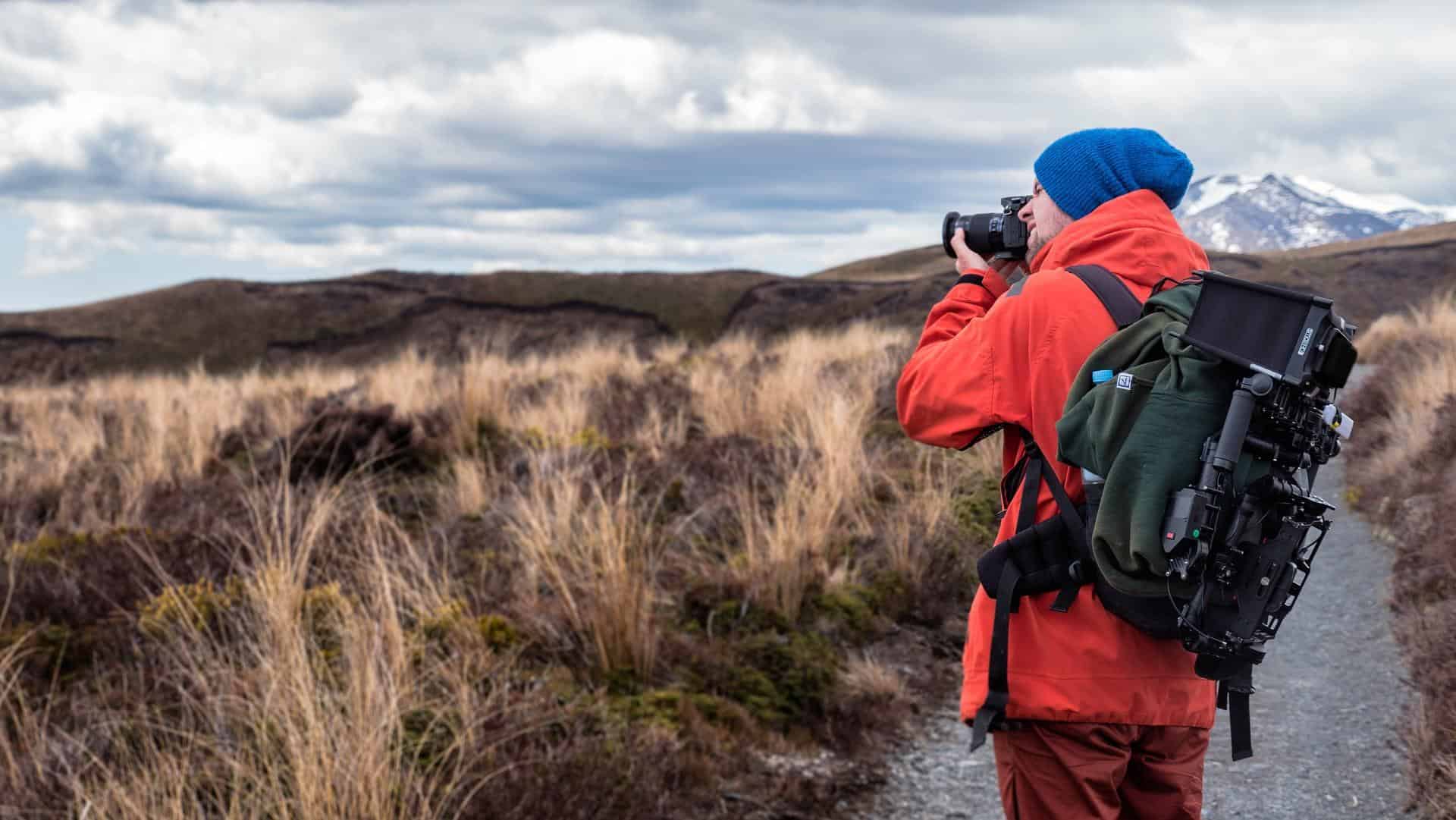If you’re a teen with a passion for photography and looking for a way to turn it into a profitable venture, freelance photography might be the perfect opportunity for you. This guide will help you understand the basics of freelance photography, how to get started, build your portfolio, find clients, and succeed in the industry.
Choosing Your Niche
There are many niches within photography, and finding your niche can help you focus your efforts and build a reputation in a specific area. Some popular photography niches include:
- Portrait photography
- Wedding photography
- Event photography
- Product photography
- Real estate photography
- Landscape and nature photography
- Fashion photography
- Sports photography
Explore different niches and consider what interests you the most, as well as the market demand in your area.
Building Your Portfolio
A strong portfolio is crucial for showcasing your skills and attracting clients. Start by taking photos of friends, family, or local events to build your portfolio. Offer your services for free or at a reduced rate initially to gain experience and create a diverse body of work.
Make sure your portfolio is well-organized and displays your best work. Create a professional website or online gallery to make your portfolio easily accessible to potential clients.
Investing in Equipment and Software
Investing in quality equipment and software is essential for producing professional-quality images. Start with a reliable camera, lenses, and tripod. As you gain experience, consider investing in additional equipment such as lighting, backdrops, and props. Additionally, learn how to use photo editing software like Adobe Lightroom and Photoshop to enhance your images.
Marketing Your Services
To succeed as a freelance photographer, you need to promote your services and find clients. Some marketing strategies include:
- Creating a professional website and social media presence
- Networking with other photographers and industry professionals
- Joining online photography communities and forums
- Reaching out to local businesses and organizations
- Offering referral incentives to satisfied clients
Setting Your Rates and Managing Finances
Setting competitive rates for your services is essential to attract clients and ensure profitability. Research rates for photographers in your area and niche, and consider your experience, equipment, and expenses when setting your rates. Additionally, track your income and expenses, set aside money for taxes, and consider liability insurance to protect your business.
Continuing Education and Skill Development
Continuous learning and skill development are crucial for staying competitive and improving your craft. Attend workshops, watch online tutorials, and read industry publications to stay up-to-date on the latest techniques and trends.
Legal and Business Considerations
As a freelance photographer, you need to be aware of the legal and business aspects of your work. Ensure you have the necessary permits and insurance coverage to protect yourself and your equipment. Draft contracts for your clients to sign, outlining the terms of your services, payment, and usage rights for the images. Additionally, consider registering your photography business and maintain accurate financial records for tax purposes.
Working with Clients
Building strong relationships with your clients is crucial for success in the freelance photography business. Communicate openly and professionally, listen to their needs and preferences, and be willing to adapt your approach to deliver the best results. Maintain a positive attitude and provide exceptional customer service to ensure client satisfaction and encourage repeat business and referrals.
Time Management and Organization
As a freelance photographer, you’ll be responsible for managing your own schedule and workload. Develop strong time management and organizational skills to balance client projects, marketing efforts, and administrative tasks. Use tools such as calendars, task lists, and project management software to stay organized and on track.
Collaboration and Networking
Collaborating with other professionals can help you expand your skills and reach a wider audience. Consider partnering with other photographers, makeup artists, stylists, and event planners for larger projects or to offer clients a more comprehensive service. Additionally, networking with industry professionals can lead to new opportunities and help you stay informed about the latest trends and developments.
Adapting to Changing Trends
The photography industry is constantly evolving, with new trends, technologies, and platforms emerging regularly. Stay informed about these changes and be prepared to adapt your services and approach to stay relevant and competitive in the market. Experiment with new techniques, styles, and platforms to keep your work fresh and engaging.
Client Management and Pricing
Building good relationships with your clients is vital for repeat business and referrals. Develop your communication skills and ensure you understand your clients’ needs and expectations. Be clear about your rates, payment terms, and deliverables before starting a project. When setting your prices, research the market rates for the type of photography you specialize in and factor in your experience, equipment costs, and the time required for each project. As your skills and reputation grow, you can adjust your prices accordingly.
Understanding Copyright and Licensing
As a teenage freelance photographer, it’s essential to understand copyright and licensing. Generally, you retain the copyright to your photographs, but you may need to negotiate usage rights with your clients. Familiarize yourself with different licensing options, such as exclusive or non-exclusive rights, and tailor your agreements to meet the specific needs of each project. This will help you protect your intellectual property and ensure your work is used appropriately.
Time Management and Organization
Effective time management and organization skills are crucial for freelance photographers. Develop a system for managing your schedule, projects, and deadlines to ensure you can deliver high-quality work on time. Utilize tools like calendars, to-do lists, and project management apps to stay on top of your tasks. Additionally, create an efficient workflow for editing, organizing, and archiving your photos to save time and make it easier to locate specific images when needed.
Developing Your Personal Brand
Your personal brand as a freelance photographer is essential for setting you apart from the competition and attracting clients who resonate with your style. Reflect on your unique strengths, values, and the type of photography you’re passionate about. Use this information to create a consistent visual identity and messaging for your online presence, marketing materials, and client interactions. This will help you attract the right clients and grow your reputation in the industry.
Seeking Feedback and Growing Your Network
Constructive feedback is valuable in helping you improve your photography skills and identify areas for growth. Reach out to experienced photographers or mentors for feedback on your work and implement their suggestions to elevate your craft. Additionally, engage with your peers and network with professionals in the photography community. Attend industry events, conferences, and workshops to expand your connections and stay updated on the latest trends and opportunities in the field.
Balancing School and Freelance Work
As a teenage freelance photographer, it’s essential to strike a balance between your school commitments and your photography business. Plan your schedule carefully, setting aside dedicated time for schoolwork, photography projects, and extracurricular activities. Communicate with your clients about your availability and set realistic expectations for project timelines. Finding the right balance will help you excel in both your academic and professional pursuits without sacrificing your well-being.
Conclusion
With dedication, passion, and a strategic approach, teenage freelance photographers can turn their love for photography into a successful business. By focusing on building a strong portfolio, marketing your services, developing your skills, and adapting to industry changes, you can create a fulfilling and profitable career in freelance photography.
Resources
- Skillshare – Online learning platform offering photography classes and tutorials
- Lynda.com – Online courses on photography, business, and software
- Professional Photographers of America – Membership organization providing resources, education, and networking opportunities for photographers
- Instagram – Social media platform to showcase your work and network with other photographers
Table of Contents

